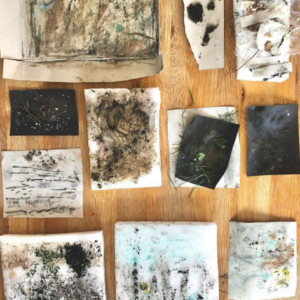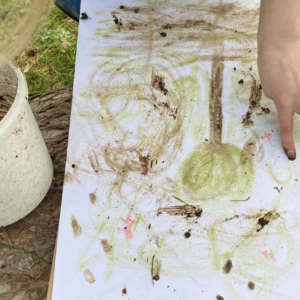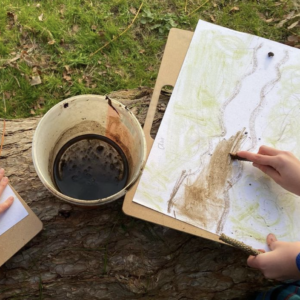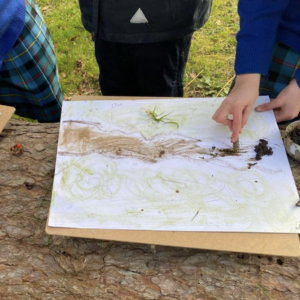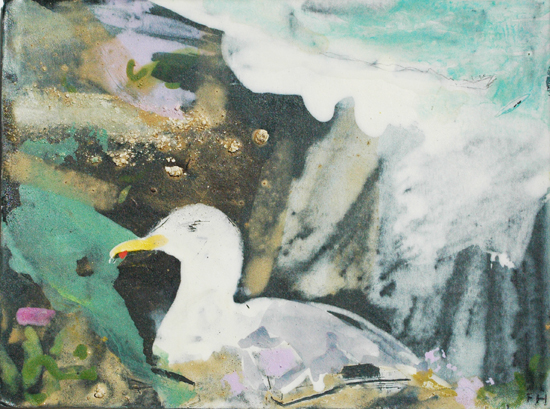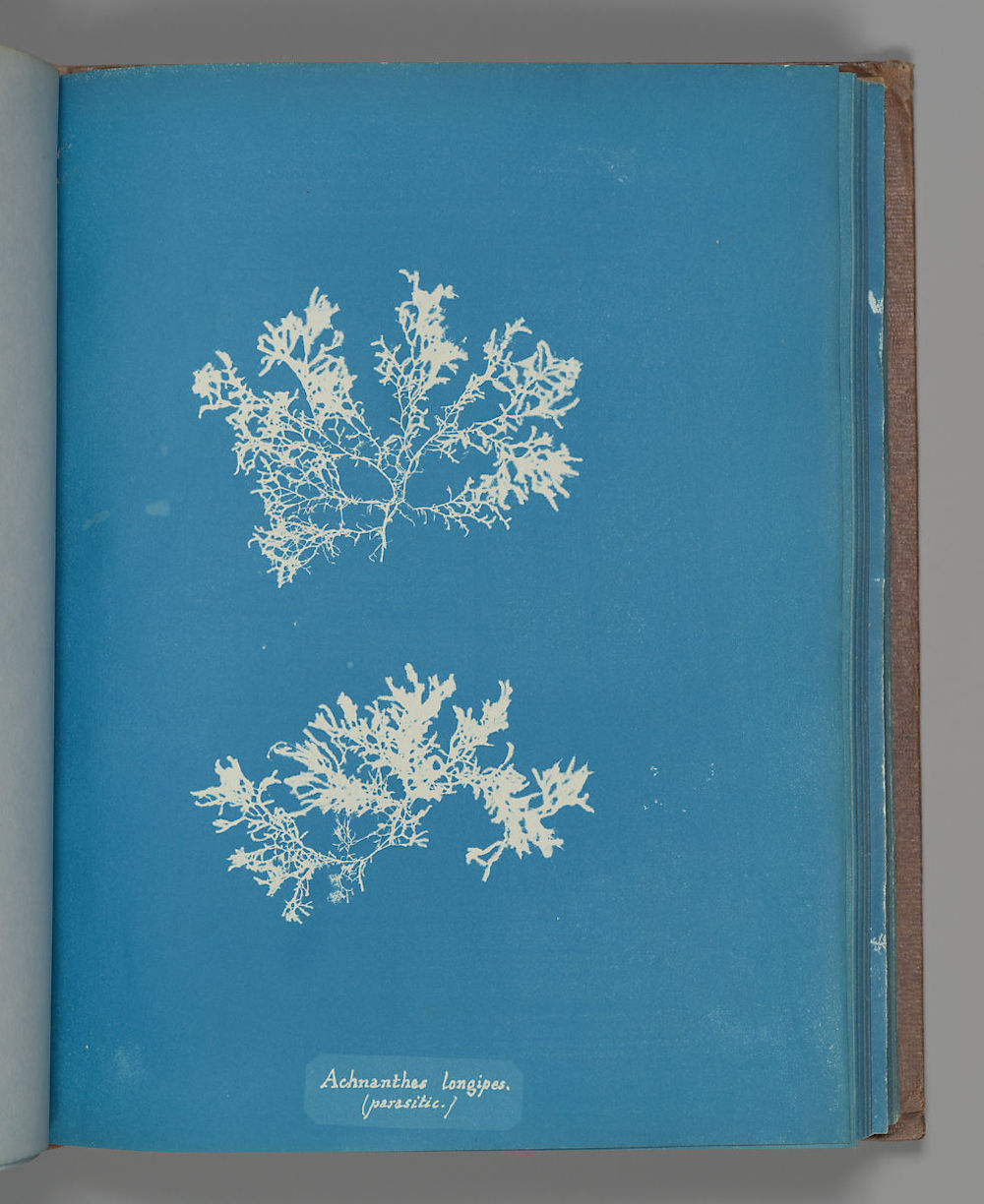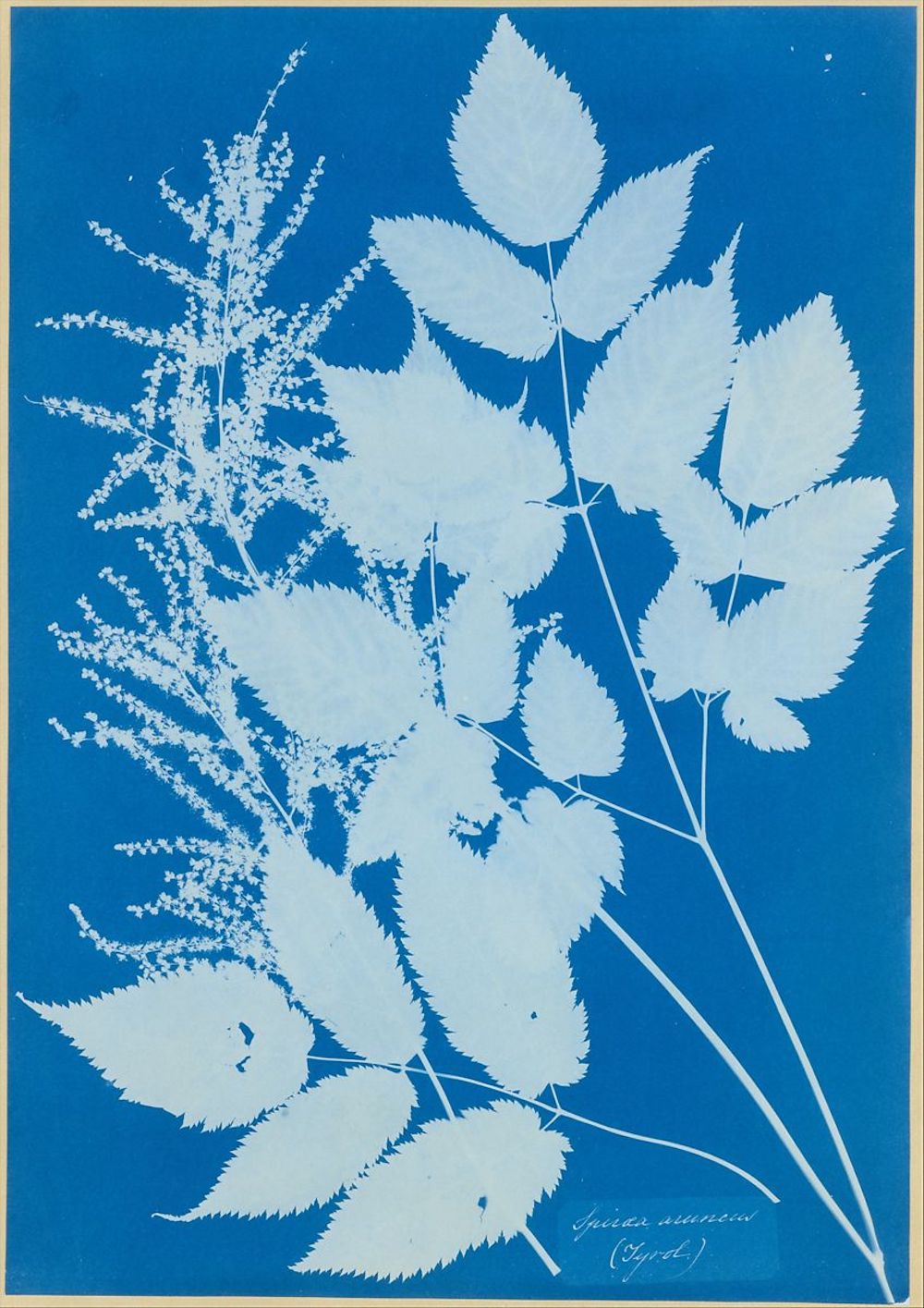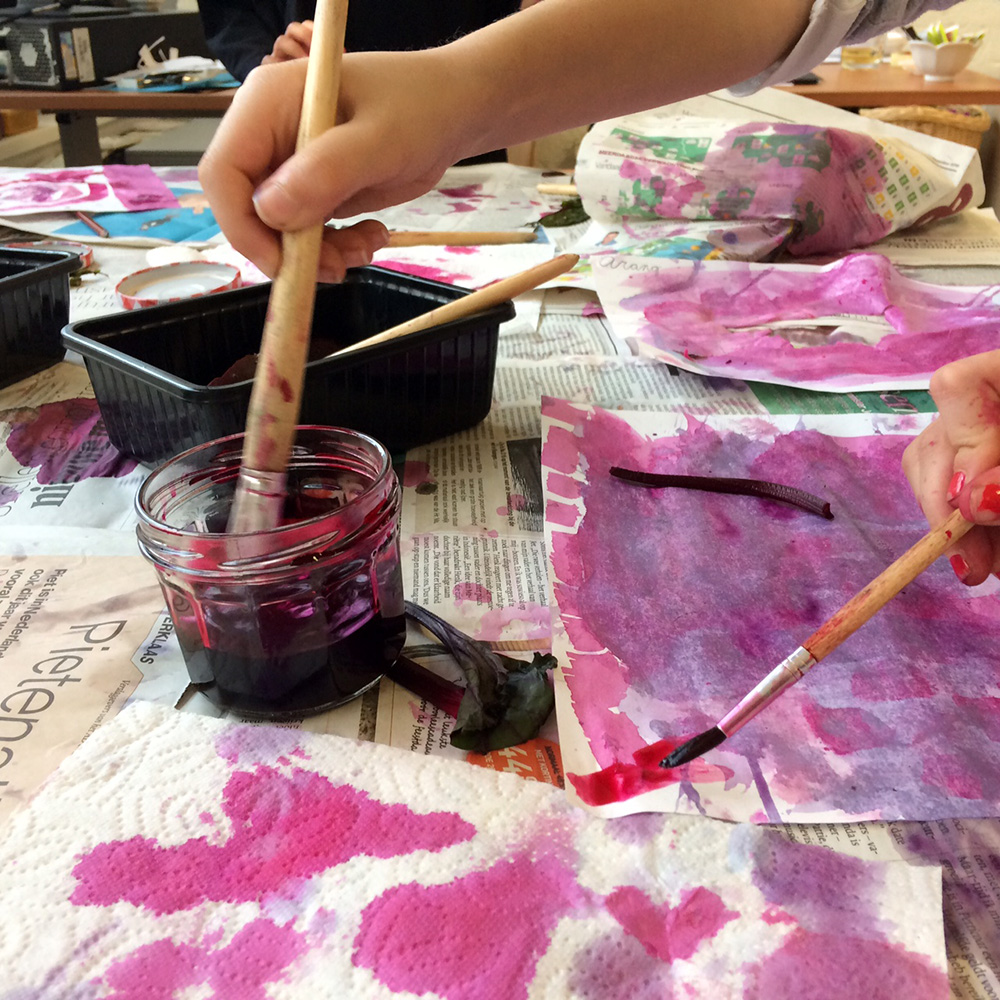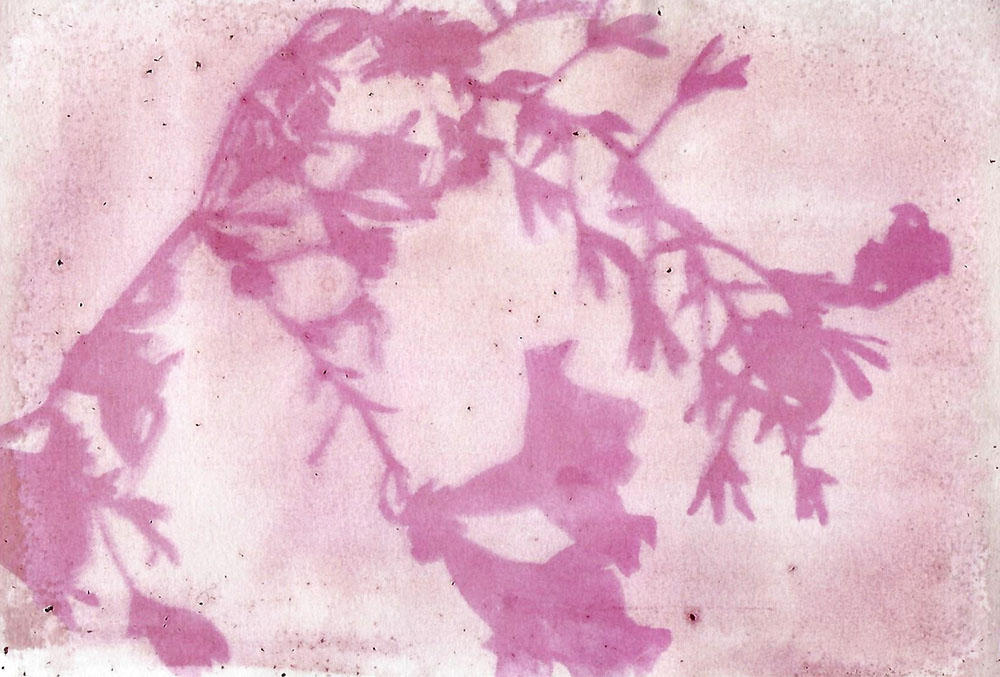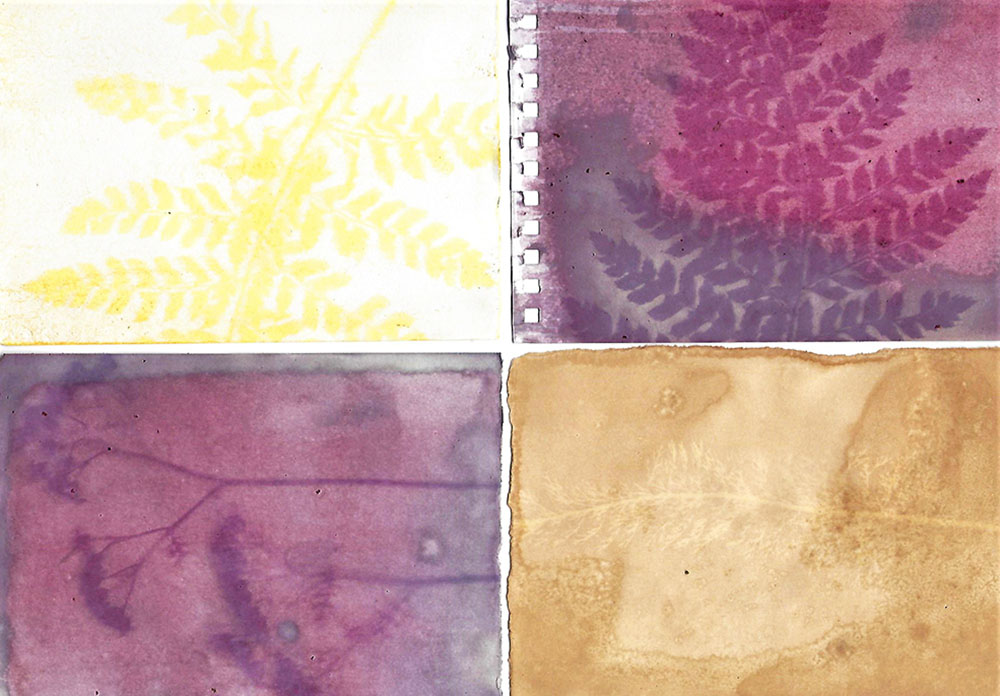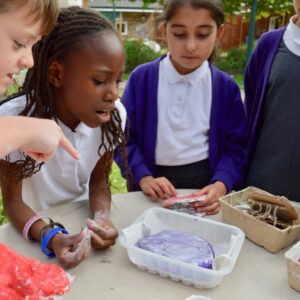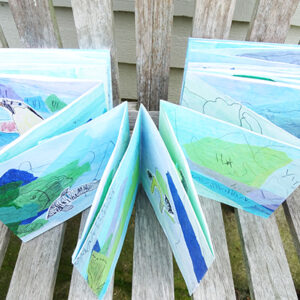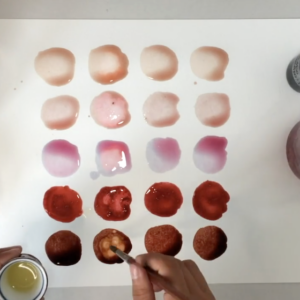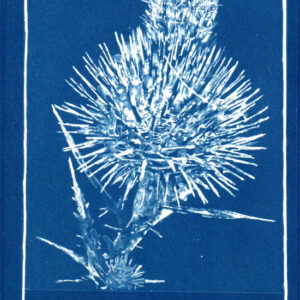Pathway: Using Natural Materials to Make Images
Pathway for Years 3 & 4
Disciplines:
Cyanotype, Anthotype, Painting with Natural Pigments, Drawing, Sketchbooks
Key Concepts:
-
That we can use the world around us as “ingredients” with which to make art.
-
That photographs are created when a light sensitive surface is exposed to light.
-
That we can manipulate the world around us, transforming it into art.
In this pathway children are introduced to Cyanotypes, and the work of the first female photographer Anna Atkins. They are also introduced to artist Frances Hatch, who finds and makes pigments from the landscape she is drawing.
Children then go on to make their own imagery, choosing one or more methods, to make artwork which is rooted in the materials and place in which it was made.
Medium:
Natural pigments from earth and plants, paper, light.
Artists: Frances Hatch, Anna Atkins
If you use this resource in your setting, please tag us on social media: #InspiredBy @accessart (facebook, twitter) @accessart.org.uk (instagram) and share the url. Thank you!
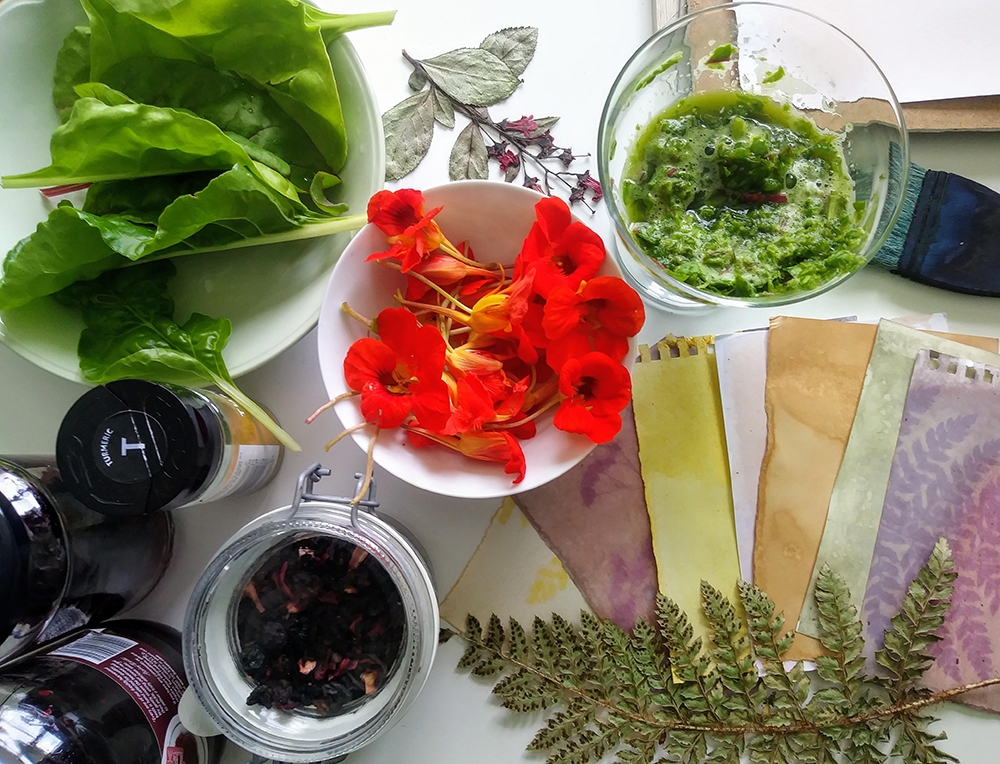
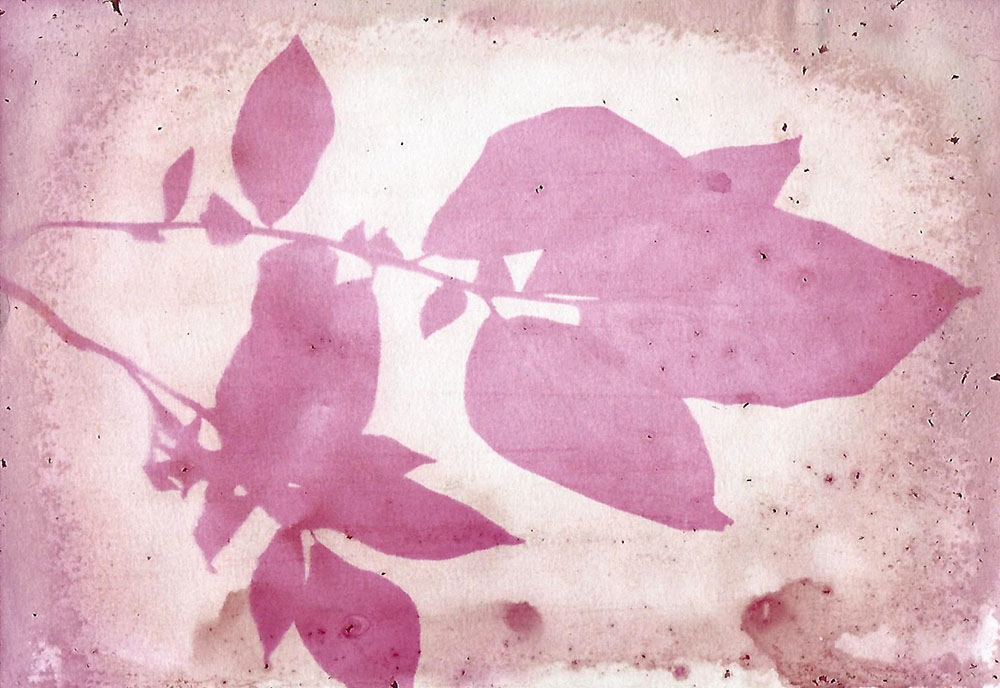
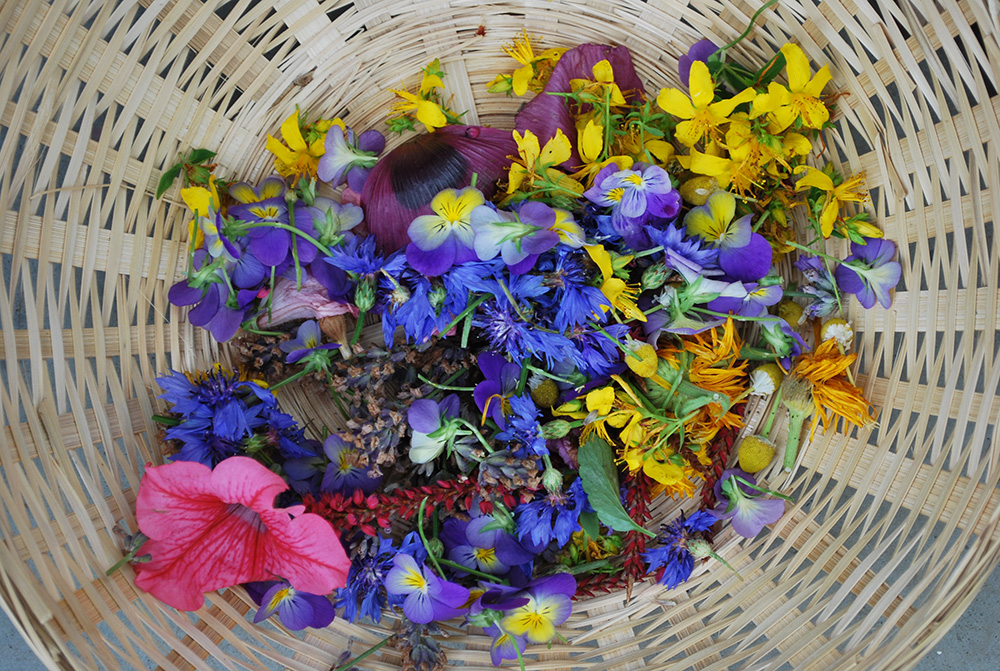


Teaching Notes
Find the MTP for this pathway here.
Curriculum Links
Maths: 2D shapes, pattern.
Science: Wild and garden plants, trees, structure of plants, local environment, birds, every day materials and properties, planting and growing, the four seasons.
PSHE: Responsibility to the planet.
I Can…
-
I have explored how artists make art from natural materials around them, such as pigments from plants, the ground, and sunlight.
-
I have understood how materials can be transformed through my actions.
-
I can reflect upon artists work, share my response and listen to the response of my classmates.
-
I can use my sketchbook to collect ideas.
-
I can make visual notes about how artists have made images.
-
I can use my sketchbook to try out ideas and experiment.
-
I can make a finished piece, which might be part of a larger class artwork.
-
I can share my experience and artwork, talk to my classmates about what I like and what I would like to try again.
-
I can use a camera or device to take photographs of my work.
Time
This pathway takes 6 weeks, with an hour per week. Shorten or lengthen the suggested pathway according to time and experience. Follow the stages in green for a shorter pathway or less complex journey.
Materials
Soft B pencils, coloured pencils, oil/chalk pastels.
Option 1: Cyanotypes – ‘Sun paper’ or cyanotype solution, found objects or natural forms.
Option 2: Primal Painting – Foraged plants or vegetables, rolling pins for mashing, paper brushes.
Option 3: Anthotypes – Plants, leaves, spices, rolling pins/masher, bowls, jars, water, fine sieve/coffee filter, watercolour paper, brushes, picture frame/clear perspex, flat object, such as pressed flowers.
See the Pathway Used in Schools...
